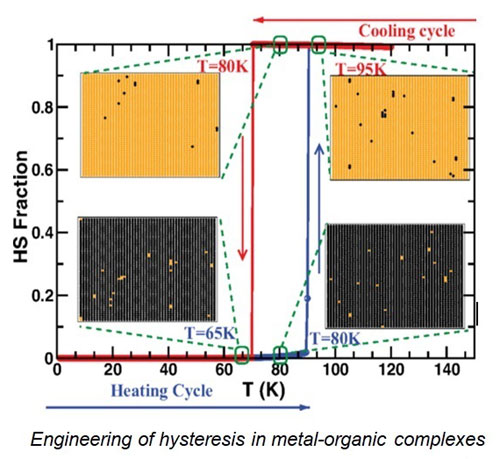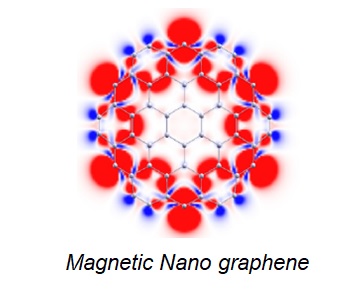The unit setup at S. N. Bose Centre in July 2012, focused on development of state-of-art computation facility, and carrying out materials research in the area of computational study of both hard matters like ceramics, metals and soft matters like colloids, biological objects, e.g. protein, DNA.
A high performance computing data-centre was created which houses a massively parallel Cray XE6m System with compute power of 75 Tflop, 7808 compute cores/processors, connected through 3D Torus architectured lnterconnect. This has been the largest computational facility in Eastern India and third largest facility in India during its time of installation in May, 2014 and has shown some breakthrough results.
"Understanding of materials has been carried out at varying time and length scales using varying computational tools. The understanding gained through numerical simulation of materials has been used for optimization of properties of known materials with a futuristic goal of prediction of new materials. A number of new phenomena have been observed and a number of new insights has been obtained. Some of the important findings are highlighted in the following."
Spin crossover phenomena in polymers at room temperature

Spin-crossover (SCO) is an extraordinary feature of certain metal and organic based complexes, consisting of transition metal ions connected by organic ligands, which is characterized by a bi-stable magnetic state of the metal ion center. This phenomenon is currently being considered as potential elementary units in information storage, spintronics devices, photo-switches, colour displays, and, as gas sensors. SCO devices in which retention of spin states can be used as memory devices is one of the most appealing application of SCO materials. Achieving this objective would prepare the way for fabrication of cost-effective assemblies in which the SCO complexes are integrated into electronic circuits and can act as the active switching units.
One of major challenges to achieve this goal is make SCO phenomena at room temperature associated with a pronounced hysteresis effect. Our advanced level computational study, provides a crucial direction to this goal identifying the microscopic factors responsible for driving hysteresis which has remained unknown so far.
Magnetism and its control in graphene

Graphene, the first ever known two-dimensional material consisting of mono-atomic layer of carbon atoms has created sensation since its discovery, with Nobel prize being given in year 2010. Many of possible applications of graphene get limited by issues like absence of band gap, and nonmagnetic character.
The computational work at SNBNCBS showed how band gap can be engineered in graphene and how graphene can be made magnetic and how this magnetism can be controlled by application of electric field, doping, temperature having a tremendous impact on device application of graphene. Their computer-aided designing of magnetism and band gap opening provides a platform to be tested in experiments.
The facility has been made available to scientists outside S.N.Bose Centre through scientific proposal based access. The facility has been extensively used by scientists from eastern region including far east states like Assam University, IIT Kharagpur, University of Manipur, Tezpur University, as well as IISER Pune, other than the scientists from S.N. Bose Centre.






























